When investing in digital signage, one of the main concerns people have is getting a return on the investment. Digital signage costs money. With the price of screens, media players, content creation and installation far from cheap, working out when this investment starts to pay off is not only difficult, but is made more complicated by the unforeseen.
Breakdowns and damage can double the length of time a screen starts returning your investment. Having to pay for a new screen almost doubles your initial spend, and even if a screen is repairable, or just needs a reboot, the length of time the screen is off means time the screen is not working and not doing what you spent money for it to do.
Outdoor digital signage exaggerates these problems. While one of the benefits of digital signage is the lack of needing a technician to regularly visit to replace content, this also means that it may take time to notice a down or damaged screen. With an outdoor screen, downtime can go unnoticed for days, weeks, or even months.
Outdoor screens are also more vulnerable to vandalism and often, without adequate protection a smashed display is going to need replacing, or at the very least, require a costly repair.
Many outdoor digital signage displays are built to be rugged and cope with the odd knock, but often this protection is not adequate enough and can lead to failure, either temporarily or permanent, but an LCD enclosure provides far more better protection for most outdoor applications.
Made from steel, LCD enclosures can endure severe impacts. Even the most tenacious vandal will struggle to damage the steel housing of an LCD enclosure, while a shatterproof screen keeps the display face safe.
If worst comes to the worst and the screen face is attacked, replacing the shatterproof screen is far easier (and cheaper) than having to replace the screen itself.
LCD enclosures also have another advantage over other outdoor type screens. While they house standard consumer or commercial grade screens, the internal environment inside the LCD enclosure remains constant regardless of ambient temperatures and conditions.
Because this optimum internal temperature is always at the ideal for a functioning screen, there is less likelihood of breakdown as overheating and elements such as dust can’t invade the enclosure.
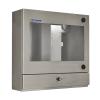
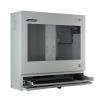
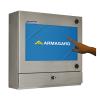
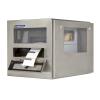
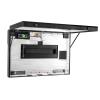
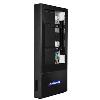
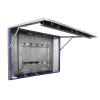
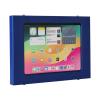
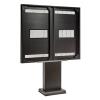
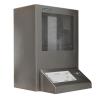






Comments are closed.